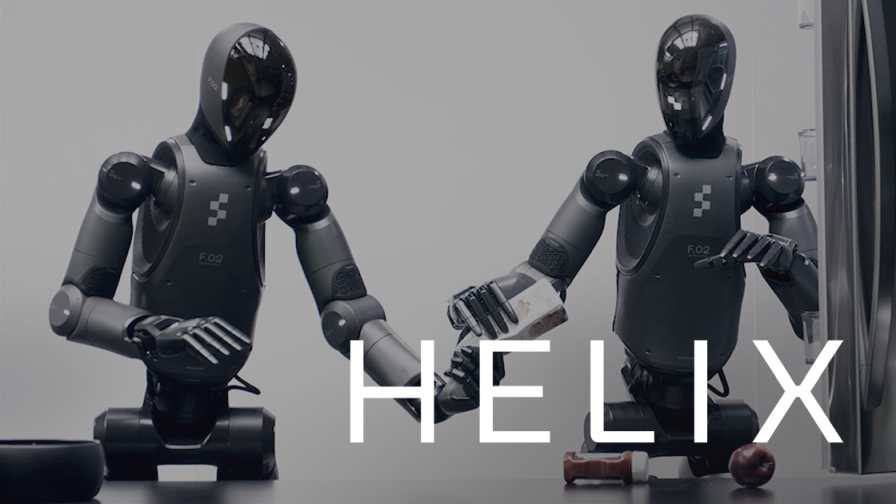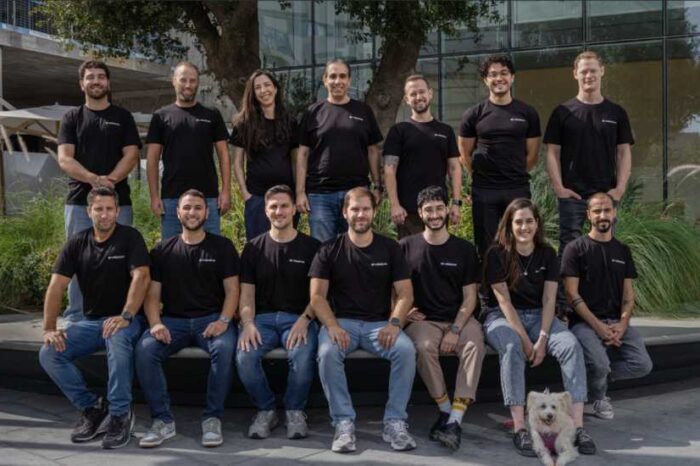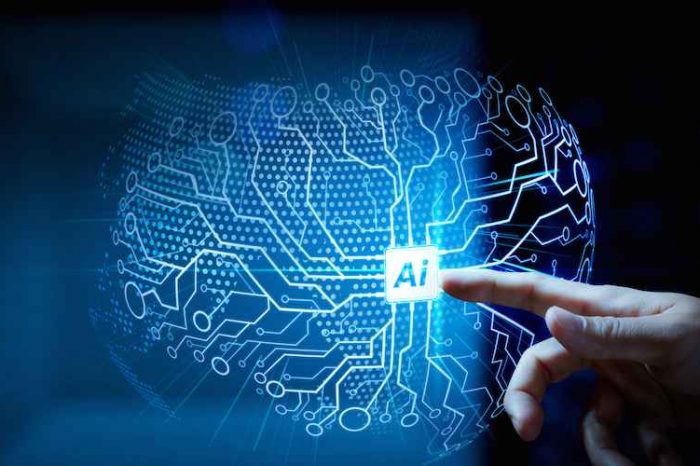AI startup Figure unveils Helix: New AI model lets robots follow voice commands and handle unknown objects

Two weeks after splitting from OpenAI, humanoid robot maker Figure has unveiled its latest breakthrough—an AI system that enables robots to understand speech and handle objects they’ve never encountered before.
On Thursday, Figure introduced Helix, a Vision-Language-Action (VLA) model that allows humanoid robots to respond to voice commands and interact with unfamiliar items. The move signals Figure’s confidence in its in-house technology following the OpenAI breakup.
Helix runs on a 7-billion-parameter model for comprehension and an 80-million-parameter model for movement control. In a recent demo, two robots worked together to organize groceries they had never seen before, following natural language instructions. Unlike previous AI systems, Helix operates efficiently on standard onboard GPUs and requires only 500 hours of training data, a fraction of what past models needed.
“We’re introducing Helix, a generalist Vision-Language-Action (VLA) model that unifies perception, language understanding, and learned control to overcome multiple longstanding challenges in robotics,” Figure AI said in a blog post.
What Makes Helix Different? A Breakthrough in AI-Powered Humanoid Robotics
Helix tackles long-standing robotics challenges by combining perception, language processing, and control into one unified system. Key features include:
- Full-upper-body control – Real-time movement of the torso, head, wrists, and fingers, allowing for more precise manipulation.
- Multi-robot collaboration – Two robots can work together on shared tasks without pre-programmed coordination.
- Generalized object handling – Robots powered by Helix can grasp and manipulate thousands of objects, even those they’ve never encountered, using voice commands.
- Unified learning model – A single neural network handles all tasks—object interaction, opening appliances, and working in sync with other robots—without task-specific fine-tuning.
- Deployment-ready – Runs on low-power embedded GPUs, making it suitable for real-world applications.
Why It Matters
Industrial robots already perform repetitive tasks with precision, but adapting them for homes remains a challenge. Unlike controlled industrial settings, homes contain unpredictable objects—glassware, crumpled laundry, scattered toys—each requiring robots to adjust on the fly.
Traditional training methods demand thousands of human demonstrations or manual programming, making widespread adoption impractical. Helix changes this by dramatically reducing the time and effort needed to teach robots new behaviors, bringing home robotics closer to reality.
Just a year ago, the Sunnyvale, California-based Figure AI raised $675 million in funding at a pre-money valuation of $2 billion, a significant jump from its $400 million valuation in May 2023. Figure AI was founded in 2022 by Brett Adcock and is backed by investors including Jeff Bezos and Nvidia. The substantial funding reflects the growing interest in general-purpose humanoid robots and their potential to reshape various industries.




